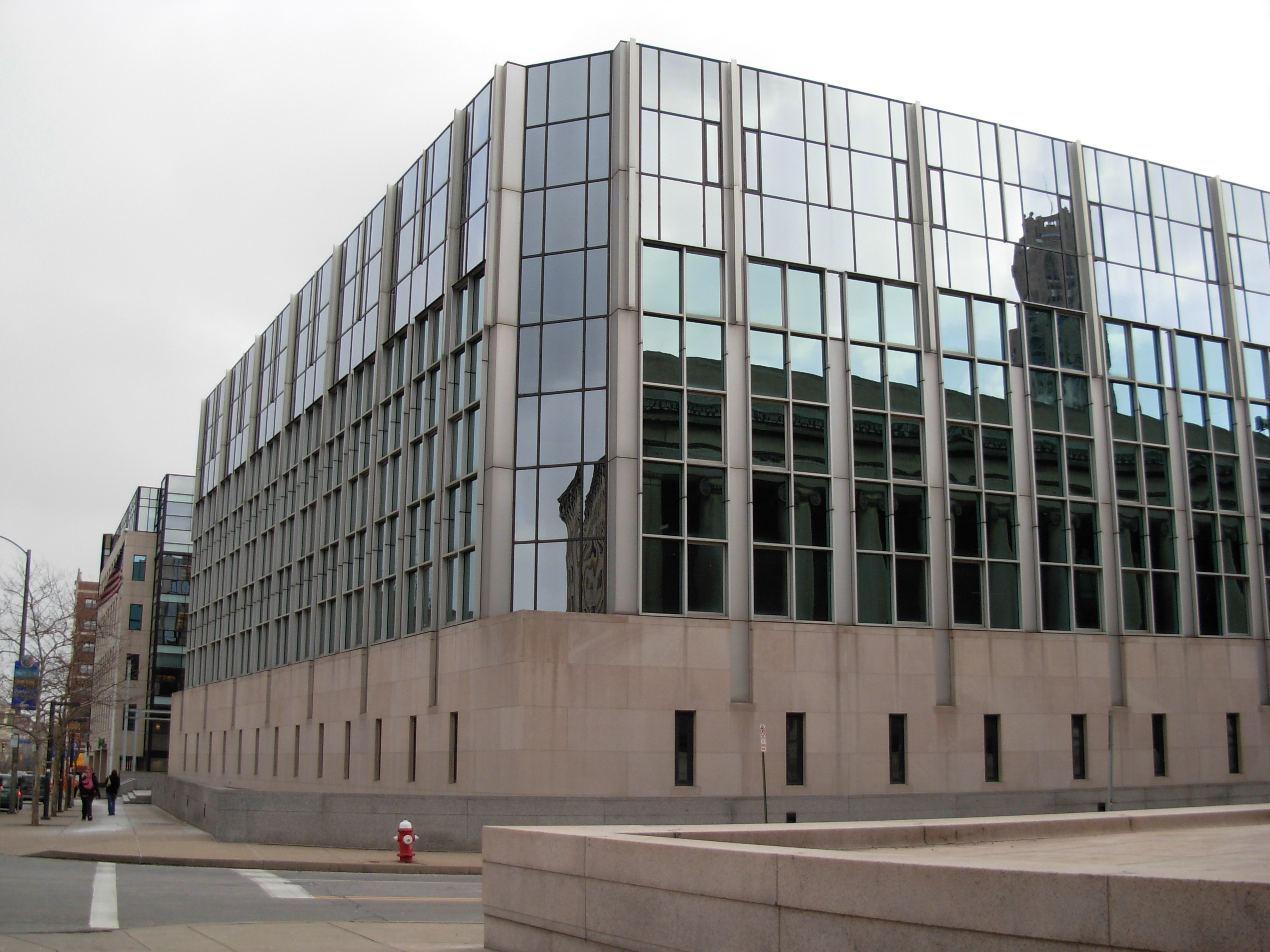|
V-Model
The V-model is a graphical representation of a systems development lifecycle. It is used to produce rigorous development lifecycle models and project management models. The V-model falls into three broad categories, the German ''V-Modell'', a general testing model and the US government standard. The V-model summarizes the main steps to be taken in conjunction with the corresponding deliverables within computerized system validation framework, or project life cycle development. It describes the activities to be performed and the results that have to be produced during product development. The left side of the "V" represents the decomposition of requirements, and creation of system specifications. The right side of the "V" represents integration of parts and their validation.Forsberg, K. and Mooz, H."The Relationship of Systems Engineering to the Project Cycle", First Annual Symposium of the National Council On Systems Engineering (NCOSE), October 1991 However, requirements need ... [...More Info...] [...Related Items...] OR: [Wikipedia] [Google] [Baidu] |
Theory U
Theory U is a change management method and the title of a book by Otto Scharmer. Scharmer with colleagues at MIT conducted 150 interviews with entrepreneurs and innovators in science, business, and society and then extended the basic principles into a theory of learning and management, which he calls Theory U.Scharmer, C. Otto (2007) The original project also incorporated artwork by Andrew James Campbell, Oxford. 001heory U: Leading from the Future as it Emerges. The Society for Organizational Learning, Cambridge, USA. The principles of Theory U are suggested to help political leaders, civil servants, and managers break through past unproductive patterns of behavior that prevent them from empathizing with their clients' perspectives and often lock them into ineffective patterns of decision making. Some notes about theory U Fields of attention * Thinking (individual) * Conversing (group) * Structuring (institutions) * Ecosystem coordination (global systems) Presencing The author ... [...More Info...] [...Related Items...] OR: [Wikipedia] [Google] [Baidu] |
Waterfall Model
The waterfall model is a breakdown of project activities into linear sequential phases, meaning they are passed down onto each other, where each phase depends on the deliverables of the previous one and corresponds to a specialization of tasks. The approach is typical for certain areas of engineering design. In software development, it tends to be among the less iterative and flexible approaches, as progress flows in largely one direction ("downwards" like a waterfall) through the phases of conception, initiation, analysis, design, construction, testing, deployment and maintenance. The waterfall development model originated in the manufacturing and construction industries, where the highly structured physical environments meant that design changes became prohibitively expensive much sooner in the development process. When first adopted for software development, there were no recognised alternatives for knowledge-based creative work. History The first known presentation descr ... [...More Info...] [...Related Items...] OR: [Wikipedia] [Google] [Baidu] |
Systems Engineering Process II
A system is a group of interacting or interrelated elements that act according to a set of rules to form a unified whole. A system, surrounded and influenced by its environment, is described by its boundaries, structure and purpose and expressed in its functioning. Systems are the subjects of study of systems theory and other systems sciences. Systems have several common properties and characteristics, including structure, function(s), behavior and interconnectivity. Etymology The term ''system'' comes from the Latin word ''systēma'', in turn from Greek ''systēma'': "whole concept made of several parts or members, system", literary "composition"."σύστημα" Henry George Liddell, Robert Scott, '' |
Systems Engineering
Systems engineering is an interdisciplinary field of engineering and engineering management that focuses on how to design, integrate, and manage complex systems over their life cycles. At its core, systems engineering utilizes systems thinking principles to organize this body of knowledge. The individual outcome of such efforts, an engineered system, can be defined as a combination of components that work in synergy to collectively perform a useful function. Issues such as requirements engineering, reliability, logistics, coordination of different teams, testing and evaluation, maintainability and many other disciplines necessary for successful system design, development, implementation, and ultimate decommission become more difficult when dealing with large or complex projects. Systems engineering deals with work-processes, optimization methods, and risk management tools in such projects. It overlaps technical and human-centered disciplines such as industrial engineeri ... [...More Info...] [...Related Items...] OR: [Wikipedia] [Google] [Baidu] |
Carnegie Mellon University
Carnegie Mellon University (CMU) is a private research university in Pittsburgh, Pennsylvania. One of its predecessors was established in 1900 by Andrew Carnegie as the Carnegie Technical Schools; it became the Carnegie Institute of Technology in 1912 and began granting four-year degrees in the same year. In 1967, the Carnegie Institute of Technology merged with the Mellon Institute of Industrial Research, founded in 1913 by Andrew Mellon and Richard B. Mellon and formerly a part of the University of Pittsburgh. Carnegie Mellon University has operated as a single institution since the merger. The university consists of seven colleges and independent schools: The College of Engineering, College of Fine Arts, Dietrich College of Humanities and Social Sciences, Mellon College of Science, Tepper School of Business, Heinz College of Information Systems and Public Policy, and the School of Computer Science. The university has its main campus located 5 miles (8 km) from Dow ... [...More Info...] [...Related Items...] OR: [Wikipedia] [Google] [Baidu] |
Software Engineering Institute
The Software Engineering Institute (SEI) is an American research and development center headquartered in Pittsburgh, Pennsylvania. Its activities cover cybersecurity, software assurance, software engineering and acquisition, and component capabilities critical to the United States Department of Defense. Authority The Carnegie Mellon Software Engineering Institute is a federally funded research and development center headquartered on the campus of Carnegie Mellon University in Pittsburgh, Pennsylvania, United States. The SEI also has offices in Washington, DC; Arlington County, Virginia; and Los Angeles, California. The SEI operates with major funding from the U.S. Department of Defense. The SEI also works with industry and academia through research collaborations. On November 14, 1984, the U.S. Department of Defense elected Carnegie Mellon University as the host site of the Software Engineering Institute. The institute was founded with an initial allocation of $6 million, wit ... [...More Info...] [...Related Items...] OR: [Wikipedia] [Google] [Baidu] |
Federal Office For Information Security
The Federal Office for Information Security (german: Bundesamt für Sicherheit in der Informationstechnik, abbreviated as BSI) is the German upper-level federal agency in charge of managing computer and communication security for the German government. Its areas of expertise and responsibility include the security of computer applications, critical infrastructure protection, Internet security, cryptography, counter eavesdropping, certification of security products and the accreditation of security test laboratories. It is located in Bonn and as of 2020 has about 1,100 employees. Its current president, since 1 February 2016, is former business executive Arne Schönbohm, who took over the presidency from Michael Hange. BSI's predecessor was the cryptographic department of Germany's foreign intelligence agency ( BND). BSI still designs cryptographic algorithms such as the Libelle cipher and initiated the development of the Gpg4win cryptographic suite. Similar agencies The BSI ... [...More Info...] [...Related Items...] OR: [Wikipedia] [Google] [Baidu] |
System Engineering
Systems engineering is an interdisciplinary field of engineering and engineering management that focuses on how to design, integrate, and manage complex systems over their life cycles. At its core, systems engineering utilizes systems thinking principles to organize this body of knowledge. The individual outcome of such efforts, an engineered system, can be defined as a combination of components that work in synergy to collectively perform a useful function. Issues such as requirements engineering, reliability, logistics, coordination of different teams, testing and evaluation, maintainability and many other disciplines necessary for successful system design, development, implementation, and ultimate decommission become more difficult when dealing with large or complex projects. Systems engineering deals with work-processes, optimization methods, and risk management tools in such projects. It overlaps technical and human-centered disciplines such as industrial engineering, p ... [...More Info...] [...Related Items...] OR: [Wikipedia] [Google] [Baidu] |
Systems Design
Systems design interfaces, and data for an electronic control system to satisfy specified requirements. System design could be seen as the application of system theory to product development. There is some overlap with the disciplines of system analysis, system architecture and system engineering. Overview If the broader topic of product development "blends the perspective of marketing, design, and manufacturing into a single approach to product development," then design is the act of taking the marketing information and creating the design of the product to be manufactured. Systems design is therefore the process of defining and developing systems to satisfy specified requirements of the user. The basic study of system design is the understanding of component parts and their subsequent interaction with one another. Physical design The physical design relates to the actual input and output processes of the system. This is explained in terms of how data is input into a syst ... [...More Info...] [...Related Items...] OR: [Wikipedia] [Google] [Baidu] |
Systems Architecture
A system architecture is the conceptual model that defines the structure, behavior, and more views of a system. An architecture description is a formal description and representation of a system, organized in a way that supports reasoning about the structures and behaviors of the system. A system architecture can consist of system components and the sub-systems developed, that will work together to implement the overall system. There have been efforts to formalize languages to describe system architecture, collectively these are called architecture description languages (ADLs). Overview Various organizations can define systems architecture in different ways, including: * The fundamental organization of a system, embodied in its components, their relationships to each other and to the environment, and the principles governing its design and evolution. * A representation of a system, including a mapping of functionality onto hardware and software components, a mapping of the soft ... [...More Info...] [...Related Items...] OR: [Wikipedia] [Google] [Baidu] |
IBM Rational Unified Process
The Rational Unified Process (RUP) is an iterative software development process framework created by the Rational Software Corporation, a division of IBM since 2003. RUP is not a single concrete prescriptive process, but rather an adaptable process framework, intended to be tailored by the development organizations and software project teams that will select the elements of the process that are appropriate for their needs. RUP is a specific implementation of the Unified Process. History Rational Software originally developed the rational unified process as a software process product. The product includes a hyperlinked knowledge-base with sample artifacts and detailed descriptions for many different types of activities. RUP is included in the IBM Rational Method Composer (RMC) product which allows customization of the process. Philippe Kruchten, an experienced Rational technical representative was tasked with heading up the original RUP team. These initial versions combined ... [...More Info...] [...Related Items...] OR: [Wikipedia] [Google] [Baidu] |
Engineering Information Management
Engineering information management (EIM) is the business function within product development and specifically systems engineering that allows engineers to collaborate on a single source of truth of engineering data. Contrary to product data management (PDM) and product lifecycle management (PLM), its main purpose is not storage of CAD-related drawings and files, but rather the full execution of the V-model for hardware development, complementing and integrating to the above mentioned systems. Scope EIM systems enable collaboration on all important aspects of the engineering lifecycle, such as: * Requirements management * Functional design * Product architecture * Detailed systems design and simulation * Verification and validation * Documentation EIM systems implement the activities on both sides of the engineering V-model. Instead of being purely a data storage, it focuses also on the human interaction with the models and data, thus enabling concurrent engineering. EIM ... [...More Info...] [...Related Items...] OR: [Wikipedia] [Google] [Baidu] |





